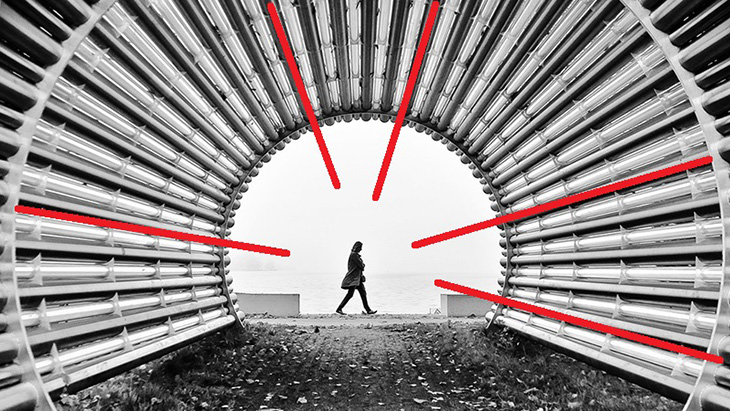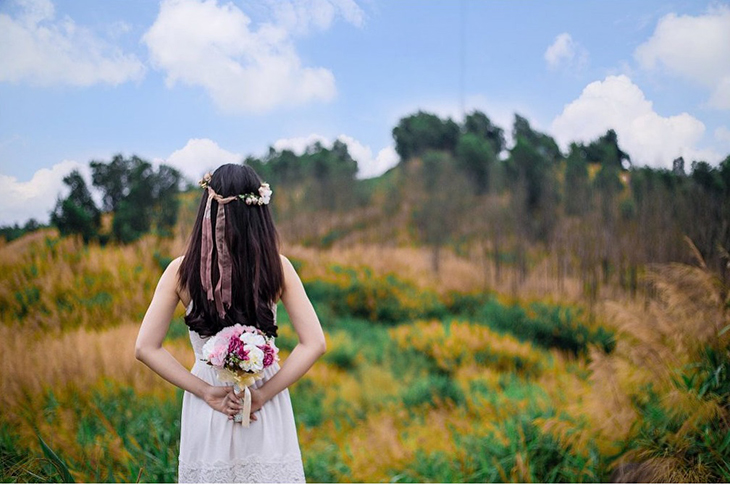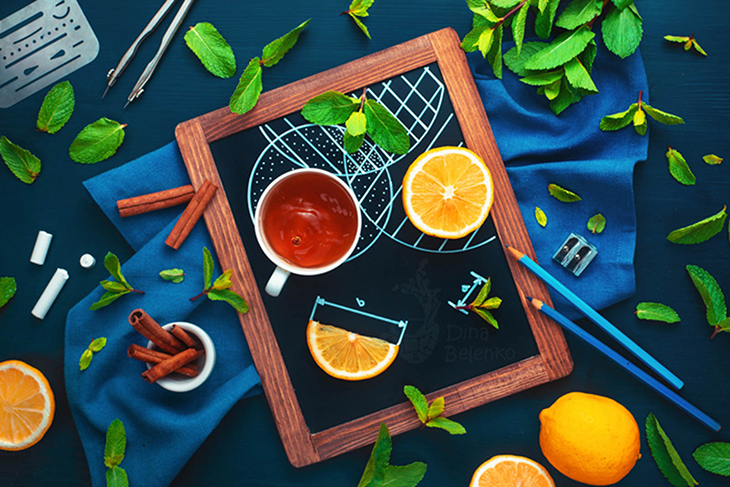1 Avoid taking photos in low light or backlit places
When selecting a scene to capture, it is important to choose locations with adequate lighting sources that can enhance the clarity and vibrancy of your photos. Additionally, it is advised to avoid capturing subjects in backlit areas as this can result in dark photos with blurred objects and details.

2 Adjust the light balance after capturing the photo
Some modern smartphones come with features that can automatically adjust the light balance of an image after it has been taken. However, to achieve the desired color and light balance, manual adjustments can be made using the default photo editing feature on your phone or by utilizing various third-party applications and software.

3 Limit the use of flash
In low-light environments, it is common to use the flash to improve brightness in photos. However, in some cases, using flash can result in undesirable effects such as red eyes, translucent skin, or blurry lighting. It is recommended to utilize natural light whenever possible and choose appropriate contexts to capture the desired photos.

4 Pay attention to photo composition
Besides lighting, photo composition plays a crucial role in determining the overall quality of an image. It is recommended to follow these three guidelines for adjusting the layout:
Adjust the layout according to the rule of 1/3
The rule of thirds, also known as the “golden ratio,” is a fundamental principle in photography. By positioning the subject at one-third of the frame both horizontally and vertically, and aligning it with one of the four intersection points of the grid, you can create a more visually pleasing and balanced composition.

Applying the rule of thirds will enhance the aesthetics and balance of the photo. You can utilize the grid feature in your phone’s default camera app or other photography apps.
Use the converging line layout rule
Converging lines, such as railroad tracks or fences, can create a sense of depth and draw attention to the main subject of the photo. These lines can be curved or straight, depending on the shape of the objects in the composition.

Use a central and symmetrical composition
The central and symmetrical composition technique can enhance the visual appeal of a photo by creating a sense of balance and focus. This technique is particularly effective when photographing architecture, as it emphasizes the subject and effectively conveys its message.

5 Make use of the entire frame
Don’t hesitate to capture wide-angle photos that encompass a larger view. Having a larger image allows for more post-production flexibility, enabling you to crop out any unwanted elements and create a visually pleasing and captivating image. When photographing nature or incorporating people into the composition, shooting wide can help capture the best moments.

6 Avoid placing the subject in the center of the photo
Unless you have a specific compositional or artistic intention, placing the subject in the center of the image can result in a lack of depth and sophistication. Applying the rule of thirds can create a more visually appealing and attention-grabbing photo. Therefore, it is recommended to avoid placing the subject directly in the center of the frame.

7 Maintain an appropriate distance from the subject
Avoid capturing subjects from too far away. Maintaining a distance of approximately 90 cm to 120 cm can produce a harmonious photo, ensuring that the subject is neither too small nor too large in the frame.

8 Limit the use of the zoom feature
Digital zoom can degrade image quality, resulting in blurred and less defined photos. It is advisable to limit the use of the zoom feature on your phone and instead physically move closer to the subject to capture higher-quality photos.

9 Explore creative colors and unique designs
In addition to the interplay of light and dark tones, consider combining colors of similar shades to create visually pleasing and harmonious photos.

Furthermore, breaking away from traditional photography norms can result in unique and captivating photos. Don’t be afraid to experiment and explore unconventional techniques to convey your intent or capture attention.

10 Take multiple photos
Improving photography skills involves practice and experience. It is recommended to capture multiple photos and filter them to identify quality shots with balanced composition and pleasing colors. Through continuous practice, you can develop your own style and become a proficient photographer.

The above tips can help improve the quality of your photos. Feel free to share your experiences or comment below the article if you find them helpful!
Tips for Relief from Eyestrain and Dry Eyes Resulting from Prolonged Screen Use
Do you ever feel like your eyes are overworking? This is a common symptom of eye strain, which can include temporary blurred vision and dryness of the eyes. Read on with Dien May Xanh to get tips on how to cope with eyestrain and dryness in the eyes that comes with prolonged use of laptops, computers, and phones.



































